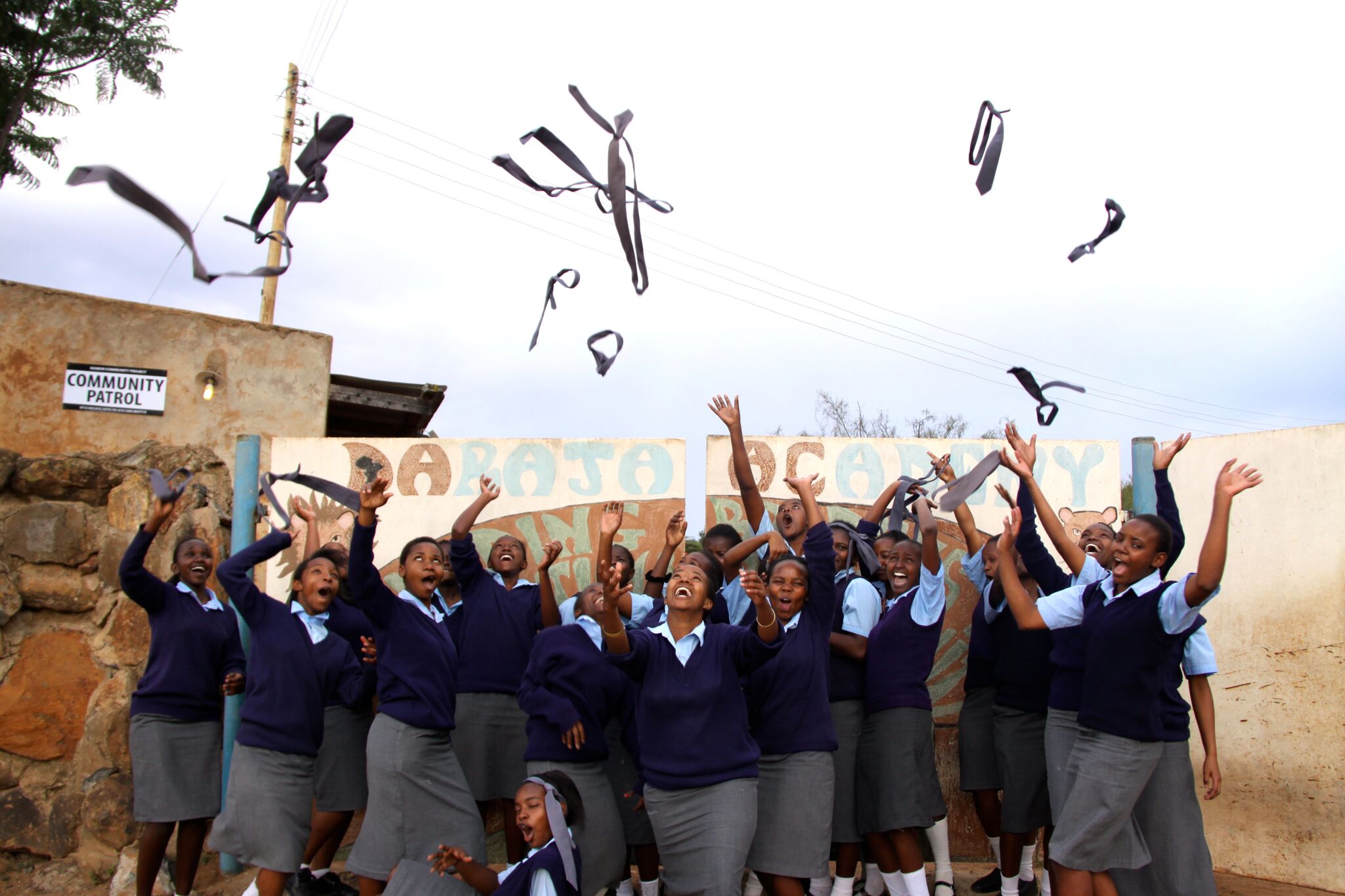What is the ‘cycle of poverty’?
The ‘cycle of poverty’ can be defined as the conditions of underdevelopment – including poor nutrition and access to clean water, healthcare, and jobs – that stubbornly persist for generations and prohibit children from escaping the same material destitution of their parents. This ‘cycle’ recognizes that the system is rigged against children born into poor families, who are far more likely to remain poor themselves.
How can someone escape this cycle?
While many of the material needs that characterize poverty can be addressed in the short-term, education is the most effective tool in disrupting long-term, systemic poverty. Only through education can children access the careers that afford a higher quality of life than that of their parents.

Why are we focusing on girls?
Traditionally, girls have been disproportionately entrapped in the cycle of poverty: when impoverished families can only afford to educate one child, they usually choose their sons over their daughters. This trend has had catastrophic results. In 2013, 23 million secondary-aged girls worldwide weren’t in school. To this day, women account for 2/3 of the world’s illiterate. This has unsurprisingly correlated to the fact that women still constitute the vast majority of the world’s 1.3 billion people who are living in poverty.
In Kenya, only 48% of girls are enrolled in secondary education, and 16% of women in Kenya are functionally illiterate. Girls have too long suffered the consequences of being denied an education at a higher frequency than men.
How does educating a girl improve her life and the lives of her children?
Educating a girl not only improves her life, but the lives of her family and even her community more broadly. In the developing world, 1/3 of girls marry before they turn 18, and the same amount have a child before they turn 20. When a girl who already lives in poverty has a child too young, she is virtually ensuring her own economic stagnation. One of the most effective means of preventing early marriage and childbirth is education.
On average, a girl’s income will rise 10-20% for each year she remains in school. But these gains become even more pronounced in secondary school, where she can expect to earn 25% more in wages for each additional year. This means she’ll have a much better chance of obtaining financial independence, and can put off marrying for financial reasons alone. If she does decide to marry and have children, she’ll have more earning power to support them and more of a safety net to leave her husband if she wants to. Furthermore, when a girl is educated she learns valuable lessons about personal health, sexual education, and her own human rights. This results in her being less likely to marry young, die in childbirth, or even contract HIV.
When an educated girl does decide to have children, she tends to have fewer of them, about 1.7 on average, in comparison to the 2.5 average of uneducated women. The children she does have tend to be healthier: For each year a woman remains in school, the mortality rate for her children under 5 years of age reduces between 5-10%. Furthermore, because an educated woman understands the value of education and makes enough money to pay for the school fees, her children are far more likely to be educated themselves. An educated girl has better means to take care of and support herself, and her family. Her education helps her transition out of a life of poverty, and increases the chances of her children significantly improving their lot in life as well.

How does girls’ education contribute to international development?
Not only does a girl’s education improve her life and the lives of her children, it is also good for her country as a whole. Lawrence Summers, former Chief Economist at the world bank, famously argued that “investment in girls’ education may well be the highest return investment available in the developing world.” The microcredit industry in a great example of these high returns: the vast majority of microloans, which help create small businesses and create jobs, are taken out by women. In numerical terms, when a country educates 1% more girls it’s average GDP (gross domestic product) rises by .3%.
Educating girls translates directly to economic gains and international development. When you support girls’ education, you support her, her family, and her country in changing the cycle poverty!

Leave A Comment